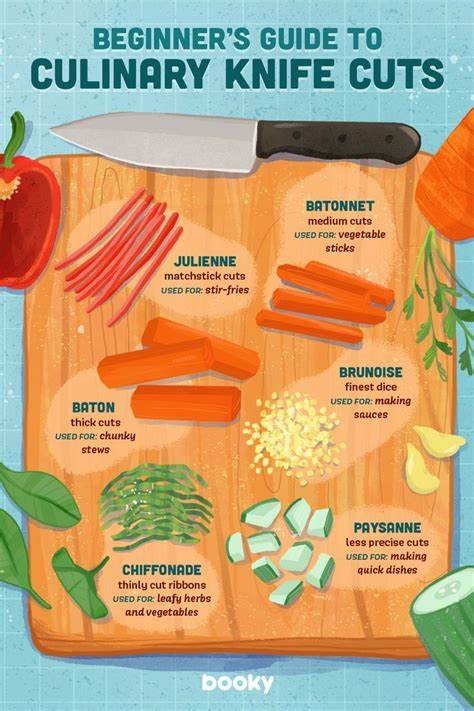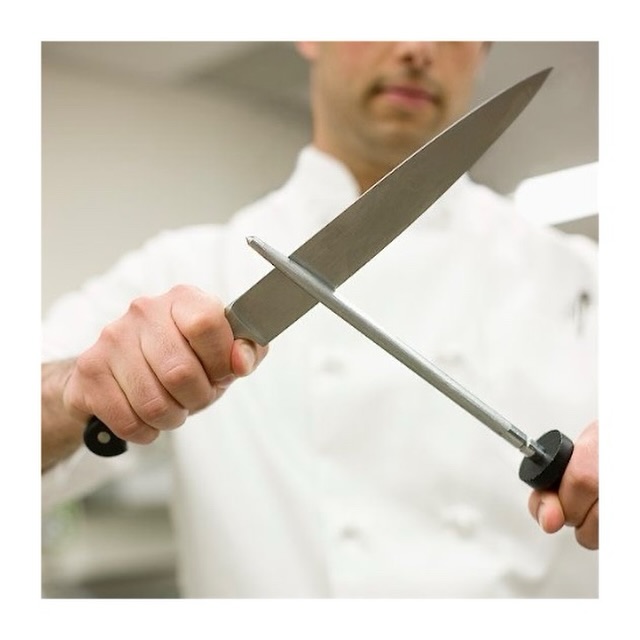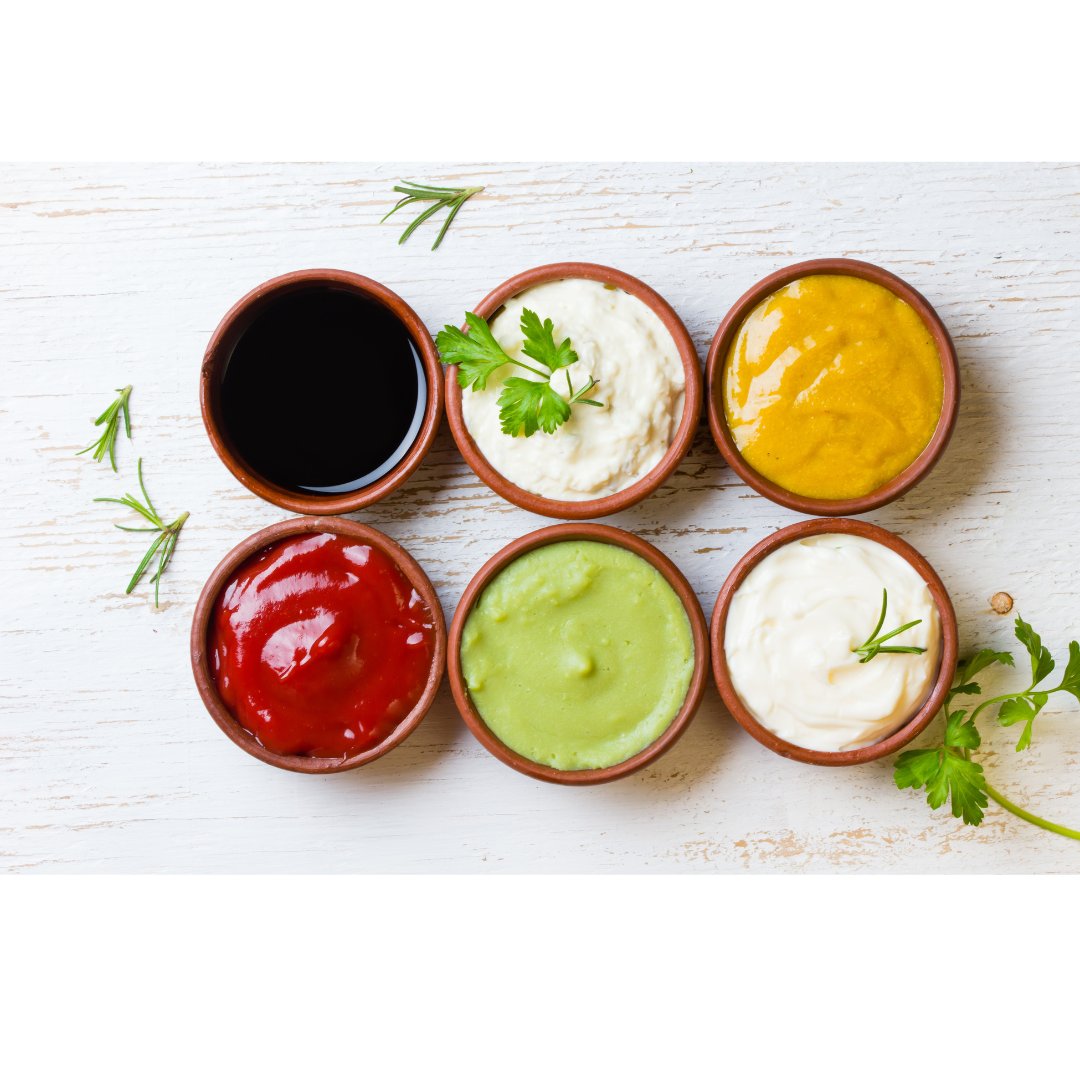Holding the Knife
Holding a knife correctly is crucial for both safety and precision in the kitchen. The recommended grip is known as the ‘pinch grip’; you should pinch the base of the blade between your thumb and the side of your index finger while wrapping your middle, ring, and pinkie fingers around the handle. This grip enhances control and stability, allowing for more efficient and accurate cutting. It’s important to avoid placing your index finger on top of the blade, as this can reduce control and increase the risk of injury. Always ensure the knife is held firmly to prevent slipping and maintain safety. At the School of Culinary and Finishing Arts, We emphasize the importance of proper knife skills as a foundation for culinary excellence.
Now we will explain a few types of cutting styles:
Basic Cuts
- Julienne: Cut vegetables into thin matchstick-like strips, perfect for salads and stir-fries.
- Dice: Cut ingredients into uniform cubes, essential for soups, stews, and sauces.
- Chop: Reducing vegetables into smaller, irregular pieces, suitable for salsas and garnishes.
- Advanced Techniques
- Chiffonade: Thinly slicing leafy greens or herbs into ribbons, ideal for garnishing or adding to salads.
- Tourne: Introduce the art of turning vegetables into small, barrel-shaped pieces, showcasing precision and elegance.
- Filet: Discuss the method for filleting fish or deboning meat, requiring finesse and a sharp blade.

Knife Maintenance
Proper care and sharpening are crucial for maintaining the longevity and performance of knives. To keep knives sharp, use honing steel regularly to straighten the edge and a whetstone for sharpening when necessary. It’s important to use the correct angle when sharpening—typically a 20-degree angle for Western knives and a 15-degree angle for Asian knives.
For storage, use a knife block or magnetic strip to prevent the blades from becoming dull or damaged.
Additionally, always hand wash knives instead of using a dishwasher, as the high heat and harsh detergents can damage the blades. For further safety measures, tuck fingers away in a bear or claw figure when cutting on a cutting board to avoid any injuries. Also, always cut on a stable surface, if the board moves the tip should be wet with a disposable towel and placed under the board so that it doesn’t shift around.
Conclusion
When starting your culinary journey, practice and refine your knife skills regularly, as mastering this essential culinary technique can elevate your cooking to new heights. Attending Pro Kitchen School in Lahore can provide you with the training and guidance needed to develop these skills effectively.



